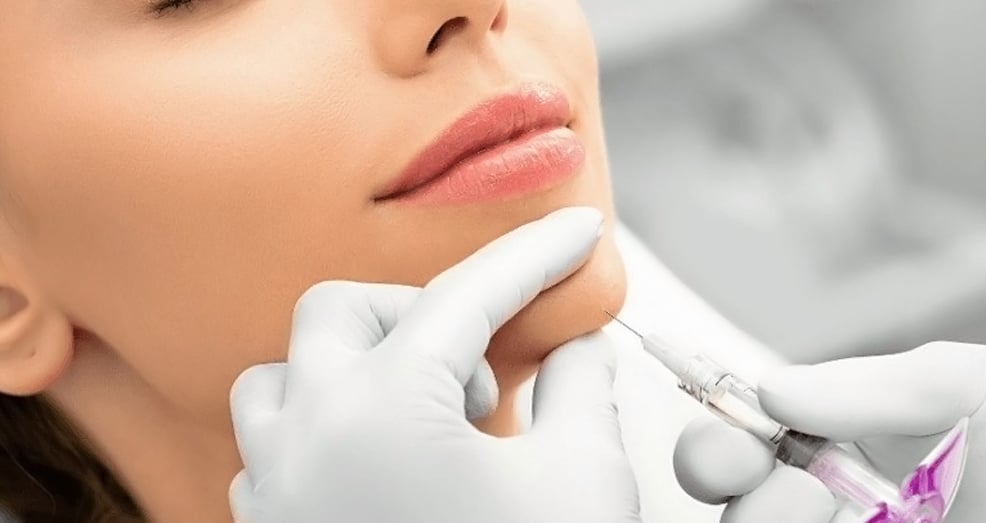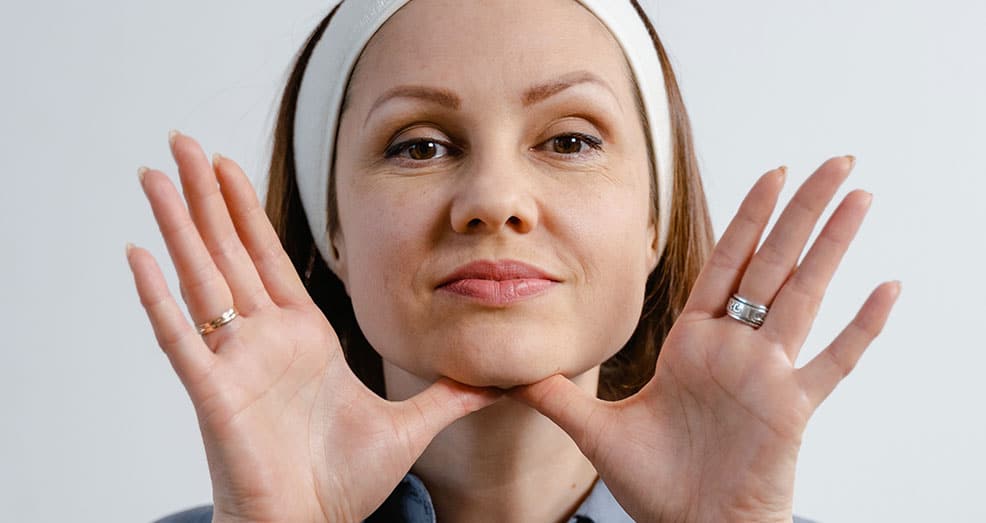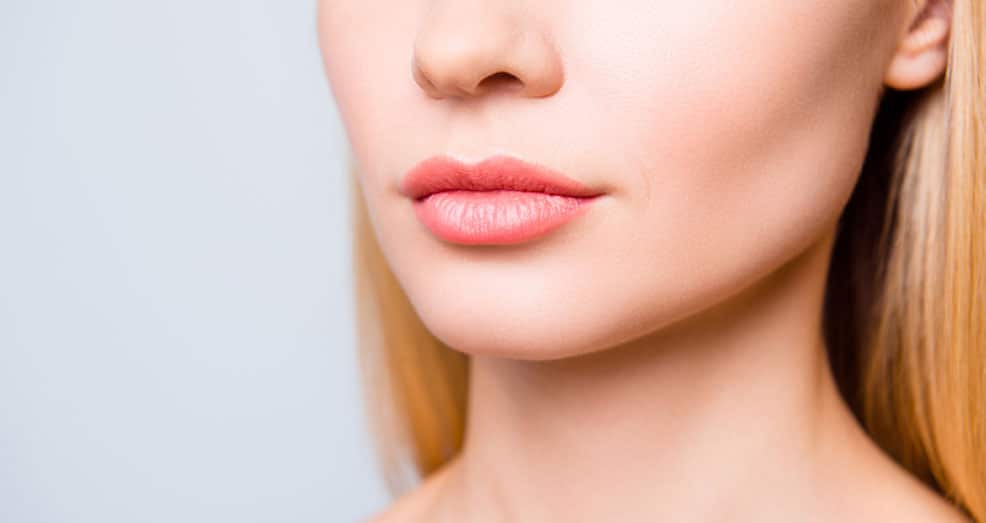Dermal fillers are FDA approved injectable implants that help smooth out skin and wrinkles. They work by restoring lost volume in certain body areas and enhance others by adding volume in a controlled way such as the lips and cheeks.
Decrease of collagen and loss of fat is inevitable as we age and it is one of the biggest causes of signs of aging such as wrinkles and fine lines. When it comes to fighting the signs of aging, dermal fillers are quite popular and have an upper hand as they are minimally invasive, versatile, and relatively low risk.
Although fillers and neurotoxins treat similar skin concerns, they work in completely different ways.
Target areas for Dermal Fillers
Fillers are FDA-approved to address the following issues:
- Crow’s feet
- Frown lines
- Brow furrows
- Lips
- Under eye fine lines
- Aging hands
- Pronounced nasolabial folds
- Cheek enhancement
- Vertical lip lines
- Acne scarring
Types of Dermal Fillers
There are different types of dermal fillers and they are made from different ingredients to serve different purposes. Some are temporary while others are permanent. At Al Shunnar Plastic Surgery we prefer using temporary fillers as they are safer, but for the sake of completion others will be mentioned here. The most common types are:
Hyaluronic Acid (HA)
Hyaluronic acid is the most common type of filler and it is made from a substance that is naturally found in the body in areas such as the skin, joints, and eyeballs. Brand names for hyaluronic acid include Restylane, Juvederm, Perfecta, among others.
This type of filler is extremely versatile and can be used to reduce the appearance of wrinkles and fine lines in various facial areas such as smile lines, crow’s feet, and worry lines. It can also be used to treat a wide variety of skin issues such scarring and redefining lips.
Most HA fillers are infused with a numbing agent lidocaine which helps in minimizing discomfort during and after the procedure. Results from hyaluronic acid fillers last between six and twelve months.
Calcium Hydroxylapatite (CAHA)
Calcium hydroxylapatite is similar to a mineral that is naturally produced in our bones. It is mostly used for enhancing volume in the cheeks and plumping nasolabial folds and frown lines. the most common brand of this filler is Radiesse.
The effects if CAHA fillers can last between 12-24 months depending on how fast your body metabolizes the product.
Poly-L-Lactic Acid (PLLA)
This is a biodegradable synthetic substance that can be safely used in the human body. It is a collagen stimulator. Although the filler itself dissolves after a few days, it generates results that can increase collagen production that can last for over two years.
It is used for deeper wrinkles such as nasolabial folds and laugh lines. several treatment sessions are however needed to activate the required amount of collagen to achieve the desired results.
Sculptra is the most common brand of PLLA. Unlike other types of fillers, the results can take up to six weeks to be fully visible.
Polymethylmethacrylate (PMMA)
This is a semi-permanent filler that is used to treat medium to deep lines, wrinkles, and furrows. Bellafill is the most common brand of PMMA and it is used to treat pitted scars from acne, nasolabial folds, and lips.
. Unlike other dermal fillers, it takes a fair number of injections in order to achieve the desired results. The process of getting the PMMA is lengthy than that of other dermal fillers but the results are long-lasting.
Dermal Filler Procedure
During consultation with a Board-Certified Plastic Surgeon or Dermatologist you will discuss your skin concerns and he/she will assess your natural facial expressions to determine which type of filler is best for you.
During the procedure, a topical anesthetic is applied to the treatment area and the filler is injected below the skin. It is a quick procedure and most individuals resume their daily routine afterwards.
Recovery and Results
Some patients might experience swelling and bruising right after the procedure but this typically subsides within a few days. The results are immediate but how long they last depends on the type of filler used and the treatment area.
To Know More
Would you like to understand what options are available for Dermal Fillers in Dubai? Meet one of our experts at Al Shunnar Plastic Surgery for a personal consultation to develop a tailor-made plan for you.



